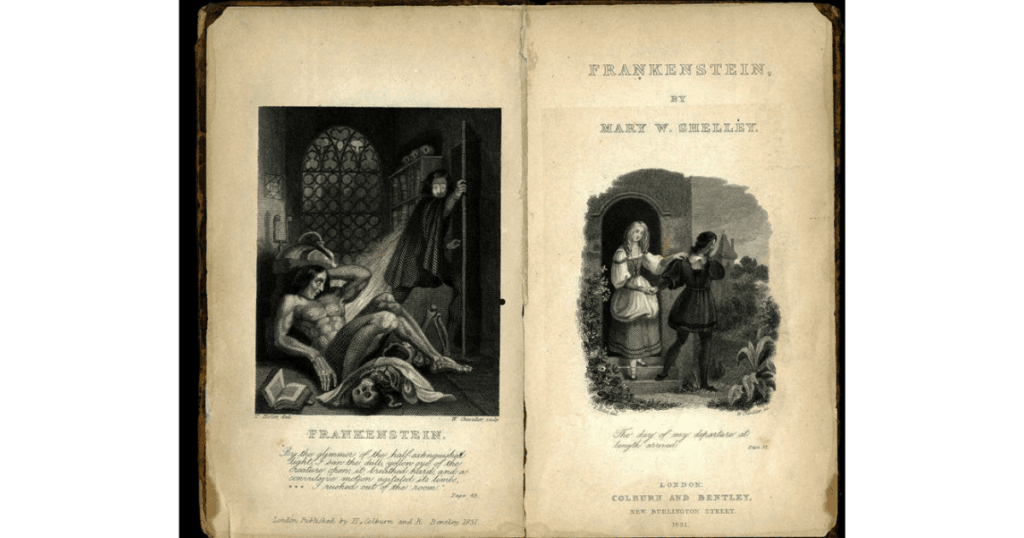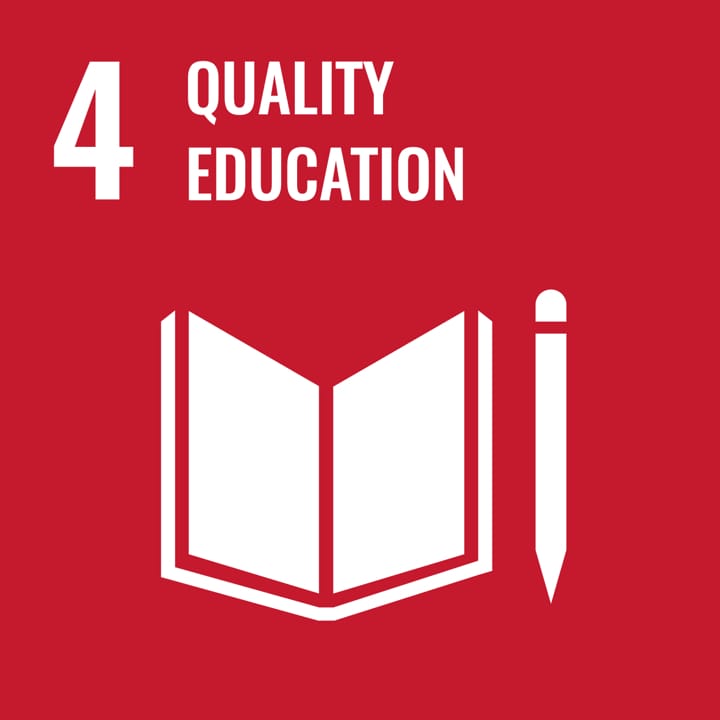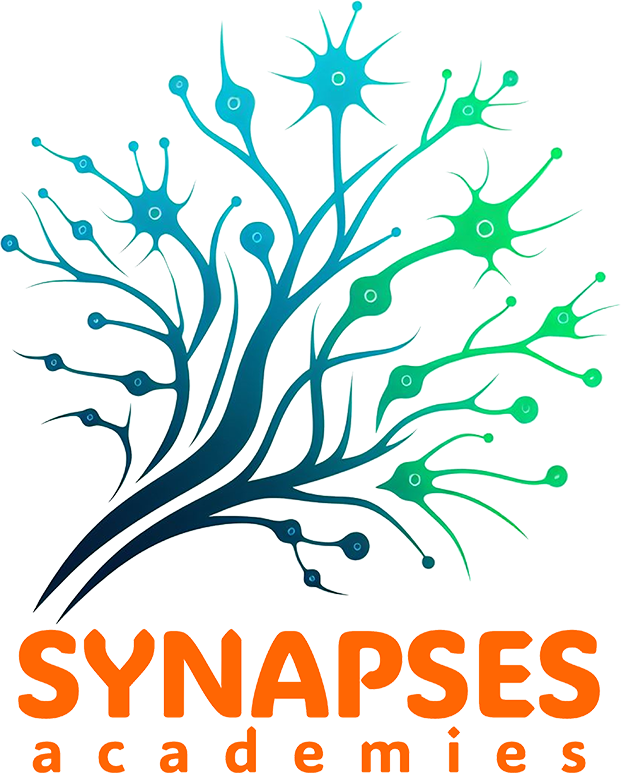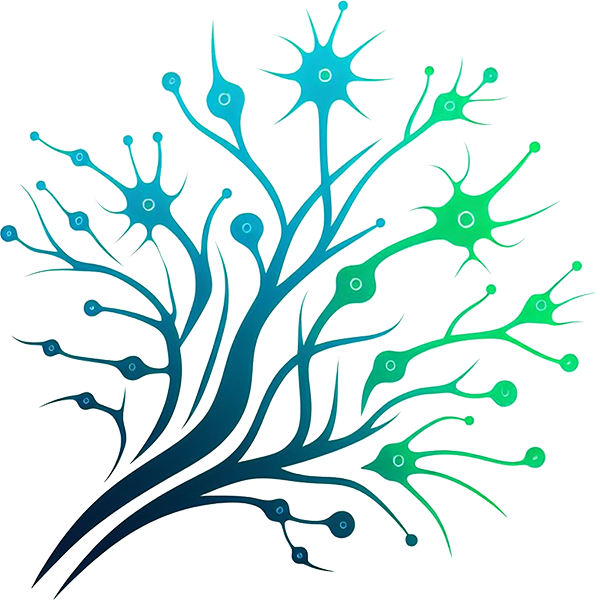
Vorgesehener Endnutzer: Lehrer
Altersgruppe: Obere Sekundarstufe
Lehrplan der Schule: Wissenschaft; Sozial-, Sport- und Gesundheitserziehung; Sozial- und Umweltwissenschaften
Themen und Fragestellungen: Collective Action; Power & Influence; Information & Knowledge; Citizenship
Dauer: 3 x 2-hour classes
Art der Ressource: Lesson Plans, Presentation, Online Course, Workshop
Schlüsselwörter: Scientific Responsibility, Biomedical Ethics, Human Cloning, Cultural Myths, Misuse of Knowledge
Sprachen: Englisch
Beschreibung
On a dark and stormy night in 1816, Mary Shelley began writing a story that posed profound questions about individual and societal responsibility for other people. Since that time, ‘Frankenstein; or, The Modern Prometheus’ has become one of the Western world’s most enduring myths. The story provides a framework for discussions of medical advances, which challenge our traditional understanding of what it means to be human.
The ‘Following Frankenstein: Mary Shelley, the Monster, and Medical Science’ module is divided into three two-hour classes that explore thematic and temporal features of Mary Shelley’s creation and its endurance. Each of the classes includes a brief introduction, a list of readings, visual resources, and discussion questions. This module examines the scientific and medical milieu which informed Mary Shelley’s creation of a young student of nature and his monster, and the ways in which this creation continues to speak to contemporary responses to biomedical innovations.
The readings have been chosen with the primary goal of helping students gain a sense of how developments in medicine raised questions about the nature of life and death, resuscitation, and renewal of the body. This engagement with the past is intended to provide background to students and give them a basis for thinking about the ways in which contemporary citizens respond to developments in the biomedical sciences, particularly around the beginning and end of life.
Wie Sie diese Ressource nutzen können
This module provides a structured approach for teachers to explore the ethical, scientific, and literary significance of Frankenstein in a classroom setting. Designed as three two-hour sessions, it includes readings, visual resources, and discussion prompts to facilitate student engagement. Teachers can use this resource to connect historical scientific debates with modern biomedical advancements, encouraging students to critically examine ethical dilemmas surrounding life, death, and human responsibility. By integrating literature with science, this module fosters interdisciplinary learning, helping students develop analytical and reflective thinking skills while considering how past scientific discoveries continue to shape contemporary discussions on medical ethics.
Die Ressourcen
Link to the resource::
And introductory online exhibition can be found here:
Lernergebnisse
- Abfrage des Vorwissens und Weiterentwicklung von Wissen und Verständnis von Schlüsselkonzepten der nachhaltigen Bürgerschaft, wobei etablierte Weltanschauungen und Werte in Frage gestellt werden.
- Anwendung einer Reihe von geeigneten Instrumenten und Rahmenwerken zur Förderung des bürgerschaftlichen Engagements von Studierenden im Bereich Nachhaltigkeit
- Reflektieren Sie die Praxis und untersuchen Sie die nationalen Lehrpläne, um Möglichkeiten zur Förderung der nachhaltigen Bürgerschaft auf interdisziplinäre Weise zu identifizieren und mit externen Interessengruppen in Kontakt zu treten.
- das Wissen, die Instrumente und den Rahmen gemeinsam zu synthetisieren, um Bildungsmaterialien und Unterrichtspläne zu erstellen, die an ihren eigenen lokalen Kontext angepasst sind
- Entwicklung und Anwendung von Beurteilungskriterien zur Bewertung des bürgerschaftlichen Engagements für Nachhaltigkeit bei Schülern.
- Durch Workshop-Aktivitäten und Praxisgemeinschaften werden Kapazitäten und Handlungskompetenzen von Lehrkräften und Führungskräften im Bereich Sustainability Citizenship aufgebaut.
Grüne Kompetenzen
- Komplexität in der Nachhaltigkeit berücksichtigen: Kritisches Denken; Problembeschreibung
- Visionen für eine nachhaltige Zukunft: Zukunftskompetenz; Anpassungsfähigkeit; forschendes Denken
Creative Commons

https://www.nlm.nih.gov/exhibition/frankenstein/education/index.html
https://www.nlm.nih.gov/hmd/copyright/index.html
Credit Line
If using any material from Historical collections for publication or production, please include the phrase: “Courtesy of the National Library of Medicine.”.
SDGs


